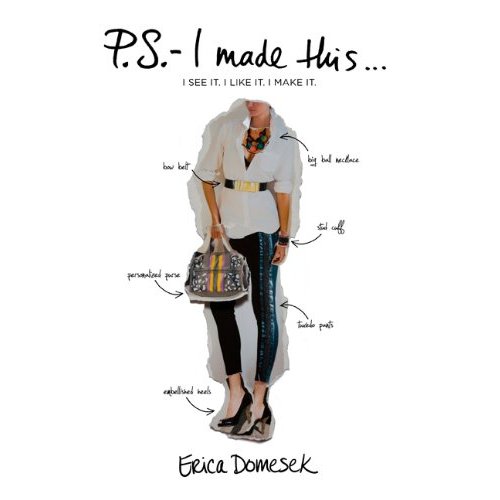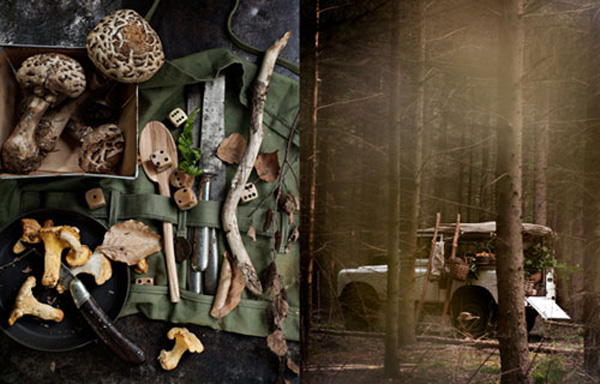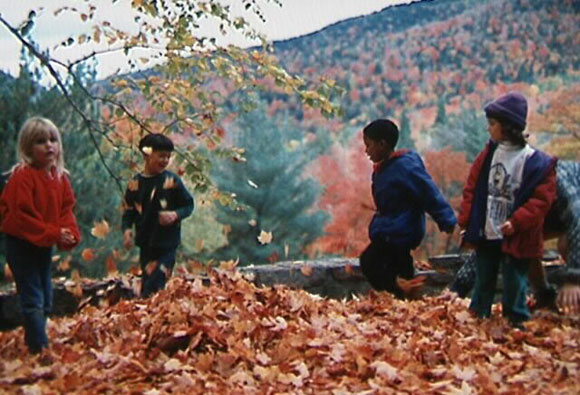 Now that we are settled into fall, it is the perfect time to induldge in two favorite pastimes: reading and creating things that are reimagined, reused and recycled.
Now that we are settled into fall, it is the perfect time to induldge in two favorite pastimes: reading and creating things that are reimagined, reused and recycled.
Do you judge a book by its cover? When books come my way to be reviewed, it is the cover design that often grabs me first. So, even before I cracked open P.S.-I Made This…I See It. I Like It. I Make It by Erica Domesek, I was intrigued by the cover. The white cover displays a fashionista-clad model. That’s not so odd since the book is about fashion and DIY. But, what I love about the cover is that the font looks handmade and there are arrows to six DIY projects on the model. When I stopped ogling the cover and dove in, I found not just the cover had style, the whole book was designed minimally, with clear and concise step-by-step instructions for projects that are backed up by visually appealing fashion montages.
CLICK HERE to read more of my review and to find out why Erica says, "Thanks so much, this was one of my favorite reviews I've ever read."
Want to win a copy of P.S. – I Made This…?
I've been chatting online with Erica and she sent me another copy of her book to give away to one lucky econesting reader. Simply, leave a comment on this post (below) and tell us how you've brought a little green into your nest. Comments close 9am EST on Friday, October 22, 2010. A winner will be chosen at random and I will announce it later that day. Sorry, open to US residents only.












 Inspired by the crispness of fall, and an invigorating trip to the Adirondacks to visit my friend Eliza, I’ve been noticing mushrooms and moss. While
Inspired by the crispness of fall, and an invigorating trip to the Adirondacks to visit my friend Eliza, I’ve been noticing mushrooms and moss. While 

 Here is another
Here is another 